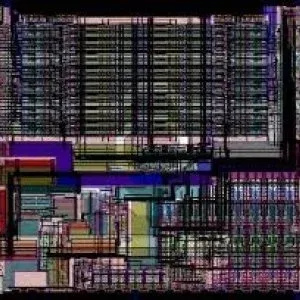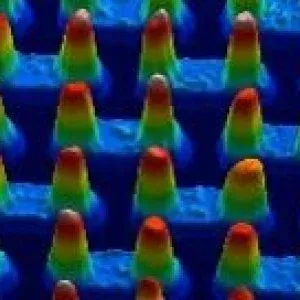Integrated Circuit (IC) Department

The Integrated Circuit department performs R&D, designs, simulates, and tests a wide variety of Application Specific Integrated Circuits (ASICs) from small prototypes to System-on-Chip solutions with 80 million transistors. Main expertise in analog, digital, and mixed-signal architectures, low noise analog front ends, noise filtering optimization, high speed (down to 20 ps), mixed mode blocks, Analog-to-Digital Converters (ADC’s), Digital-to-Analog Converters (DAC’s), and high-speed GHz digital data transmission in 250nm to 65 nm fabrication processes (e.g. TSMC, IBM, L-Foundry, AMC). The department works on commercial, military as well as science projects, ground and space-based, for benign and for harsh environments (high radiation, high reliability, down to 80K low temperatures). Example applications: Photon Science (LCLS, LCLS II, Synchrotron Sources); High Energy Physics (ILC, LHC ATLAS, nEXO, DUNE); Astro-Physics (Fermi space-based telescope); Neuroscience / Medical Imaging; 3D-Imaging (Driverless cars, SPADs), Micro-processor peripheral integrated systems. The team works closely with the AIR Sensor department and with the AIR Advanced Electronics department to deliver in an integrated way to provide complete systems. One example are high frame-rate X-Ray cameras which ultimately are deployed to and operated by the LCLS Detector department. The department focuses on the design of the first generation of cameras for LCLS-II with frame rates in excess of 5kHz paving the ground for the subsequent generation operating at 25-100kHz. For that several types of ASICs, designed in the SLAC ePix platform, are needed for a variety of soft and hard X-Ray cameras.
Key Competencies

Application Specific Integrated Circuits (ASIC)
ASICs from small prototypes to System-on-Chip solutions. Main expertise in analog, digital, and mixed-signal architectures, low noise analog front ends, noise filtering optimization, high speed (down to 20 ps), mixed mode blocks, ADC’s, DAC’s, high-speed GHz digital data transmission in 250nm to 65 nm fabrication processes (e.g. TSMC, IBM, L-Foundry, AMC). Commercial, military ground, and space based applications. Example applications: Photon Science (LCLS, LCLS II, Synchrotron Sources); High Energy Physics (ILC, LHC ATLAS, nEXO, DUNE); Astro-Physics (Fermi space-based telescope); Neuroscience / Medical Imaging; 3D-Imaging (Driverless cars, SPADs), Improvised Explosive Device (IED) detection; Micro-processor peripheral integrated systems.
Interconnects and Packaging
Advanced interconnects and packaging design and fabrication. Fine pitch bump-bonding (down to 10 um pitch), gold stud bonding, assembly with diced chips, cro bumps, edge vias, flexible substrates, thin substrates, integrated micro-cooling conduits.


Semiconductor R&D
R&D of new sensor concepts pushing performance boundaries: Examples are: Hermetic coverage (Thin, active-edge sensors); Energy resolution (Multi-band CCD imagers, high-yield Germanium sensors); Spatial Resolution (Active edge sensors); Radiation tolerance (3D architecture silicon diodes, thin planar sensors); Low-radiation background (Photovoltaic high-voltage).
